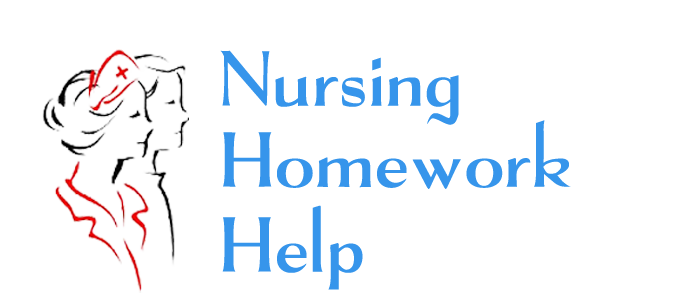Why are administrative systems more evolved than clinical systems?
The main reason administrative systems are more evolved than clincal ones is because administrative operations were the initial automated information systems that most healthcare organizations implemented. Even today, most healthcare applications serve financial and administrative purposes than those which revolve around clinical applications. Enterprise resource planning (ERP) systems are bundled applications that integrate operational information into a single database to achieve business management objectives. Some of the common adminitrative applications in an ERP are: financial information systems, human resources information systems, resource utilization and scheduling systems, materials management systems, facilities and project management systems and office automation systems (Glandon, Slovensky & Smatlz, 2013, p. 211-212). Clinial information systems are designed to support activities related to a specific function (such as electronic order entry) or an entire section of a healthcare facility (such as the Lab/Pharmacy/Radiology, etc.). The applications that support these systems are constantly changing as new technological advances are created, which has made it difficult to increase their complexitiy (Glandon, et al., 2013, p. 205). Working as a nurse in a hospital, I have seen many clinical systems over the years, however, many of those new systems do not last more than a couple of years because new systems are often created. An example of this is the infusion pump used to give patients IV fluids/antbiotics/pain medications/etc. Over the past 5 years, I have used 3 different pumps. Each time a new pump is brought to the hospital for use, it is wonderful, but within a year or two a new one is created that is even better. Administrative systems, on the other hand, have had a longer chance to evolve into much more complex systems over the years.
In one of the aricles in our reading this week, compluterized physician order entry (CPOE) systems are dicsussed in detail. The article explains how the CPOE system is important in the never-ending strive to decrease medication ordering errors. However, the study also finds that a CPOE system actually caused 22 types of medication error risks. This means that those innovators who create these types of systems, will undoubtedly continue to make changes to these clinical systems so that the risk of medication errors is decreased even further (Cohen, Koppel & Metlay, 2010).
2. What are the primary uses of an individual’s personal health record?
(Sample answer do not copy)
An individual’s personal health record contains documentation patient care activities and health services provided in all types of settings” (Glandon, Slovensky & Smatlz, 2013, p. 202). When a patient goes for an appointment or is actively receiving health services (in-patient, getting lab work/radiology work, etc), the personal health record is a way for the various providers to communicate. The health record also supports claims filed by providers for reimbursement, is a resource for health services research, and is a primary source for process improvement projects aimed at improving quality and safety of patient care. The personal health record has drastically evolved over the years, from a document that used to be in paper form, to an Electronic Health Record (EHR) which is much easier and cheaper to use and maintain and more effective at managing patient care (especially in todays healthcare where patients often times have to go to multiple facilities to receive the adequate care they need). The Institute of Medicine (IOM) describes the vital elements of a “true” EHR to be: a means of electronic data capture for storage in a data repository, a system that allows for ‘real time’ order entry and test results applications, a system that allows for administrative processes linked with clincal activities, a type of electronic data interchange (EDI) with oversight agencies and strategic partners, a clinical decision support system for diagnosis and care management, a performance report for internal use or a report to external agencies as mandated and a way for patients to individually access their personal health records (Glandon, et al., 2013, p. 203-204).
PLACE THIS ORDER OR A SIMILAR ORDER WITH NURSING HOMEWORK HELP TODAY AND GET AN AMAZING DISCOUNT


